Basics of Game-as-a-Service Marketing
This post is about the key principles of Game-as-a-Service Marketing.

Chapter 1: Fundamentals
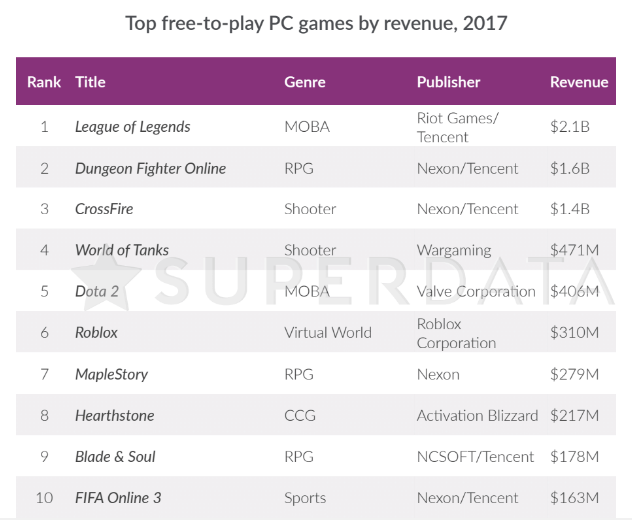
Quick Intro
Hey everyone. I’m Dima, a marketing guy from the free-to-play online games industry. I spent the last 8 years in the company called Wargaming, the international team behind the success of World of Tanks, as well as the popular PvP mobile shooter World of Tanks Blitz and the critically-acclaimed World of Warships. I’ve accumulated some knowledge about Game-as-a-Service Marketing (GaaS Marketing later) that I would like to share with the community who has an interest in this field or marketing in general. I find it necessary to start with with the key principles of GaaS Marketing, simple and down-to-earth concepts, to make it easier for a reader to get the ideas of Acquisition, Retention and Re-engagement that I’m going to write about in the upcoming posts.
What this post is all about
In this article, we’ll go through:
· What GaaS and GaaS Marketing are
· How to better structure the GaaS Marketing strategy
· The importance of North Star Metric and Funnel
· What Optimization Trap is and how to avoid it
· And what processes fit GaaS Marketing best
Alright, let’s start with exploring the fundamentals.
What is Game-as-a-Service?
Game-as-a-Service is the business model representing the delivery of video games and/or video games content on the continuous revenue model. GaaS implies monetizing a product or a service after its release based on the free-to-play, subscription or hybrid (subscription plus micro-transactions) models. The top mobile games by revenue today such as Arena of Valor or Clash of Clans are the vivid examples of GaaS on mobile. The biggest free-to-play PC games like League of Legends, Dota 2 or World of Tanks are aslo operated as Game-as-a-Service.
What is the difference between GaaS Marketing and marketing of a one-time purchase video game?
The fundamental difference between those two is driven by the nature of business models they use. As we’ve learned, GaaS delivers content on the continuous revenue model and monetizes a game after its public launch.
So to put it as simple as possible, when a one-time purchase video game is released, the marketing manager’s job on a product is mostly over. In GaaS, all the hard work only begins when a game is launched. The goal of building an audience for traditional entertainment business is critical before the big release. While building and maintaining the community is crucial across the whole game’s life cycle for GaaS. Which shifts GaaS closer to online and ecommerce services and software-as-a-service business.
Alright, that’s clear. So, what are the goals of GaaS Marketing?
The GaaS marketing is not necessarily about persuading sceptics, which is common for more traditional FMCG marketing, but about finding right audience and converting them into your product’s users.
On a higher strategic level, the GaaS marketing goal can be described as Identify, Acquire, Retain and Re-engage Users Profitably. On a more tactical level, GaaS marketing is about activating target audience by getting the right message to the right person at the right time.
GaaS Marketing Strategy Formation
The ideas below are super simple but, alas, often neglected.
• GaaS Marketing cannot work on its own: marketing strategy should be aligned with the product strategy. If you have it, of course.
• Otherwise, the misalignment can bring to either wrong expectations or misunderstandings between teams.
• However, marketing can and should impact the product strategy by at least providing and interpreting data timely.
Important note: product and marketing strategies in GaaS cannot stay permanent. Their strength is in the ability to change after the users’ feedback and preferences as well market’s turbulence.
The bullshit-free guide on Strategy that I would recommend is the world’s bestseller by Richard Rumelt: “Good Strategy / Bad Strategy”. Please give it a try, it’s indeed worth reading.

But let’s not spend too much time on such a vast topic as Strategy and let’s rather see how GaaS Marketing relates to it. You have to make sure that the GaaS Marketing Strategy is structured in the clear and measurable fashion. There are multiple ways on how you can approach strategy formation, but I would recommend sticking to the structure which is very natural for a digital type of business.
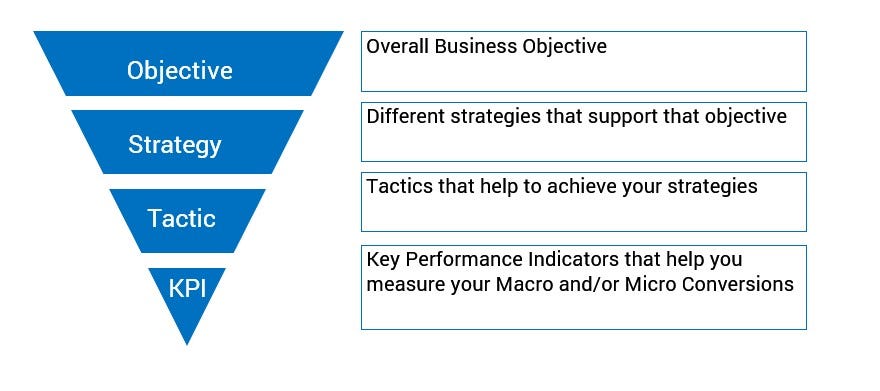
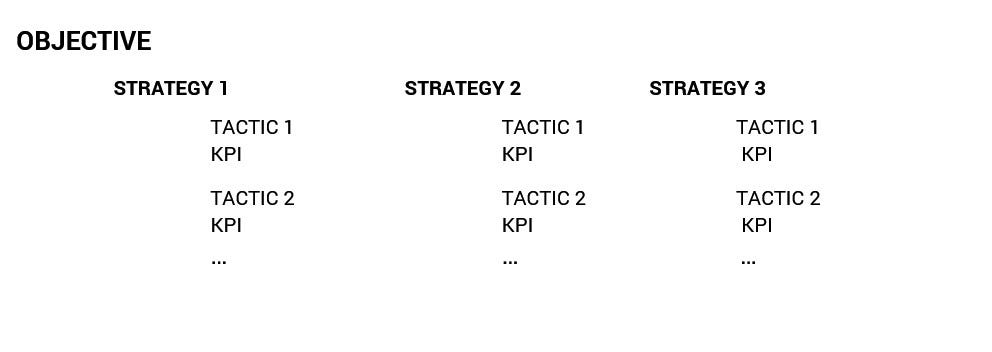
Here is the example of a case from top of my head and the result of pure imagination:
Objective: Attract relevant audience of 10,000 active users for the alpha test of a brand new and recently announced f2p online first-person shooter game.
Strategy: Build awareness and consideration among the target audience after the announcement.
Tactic 1: Feature the product’s Landing Page URL in the media covering the announcement as well as among early adopters and influencers.
KPI: 40,000 new visitors to the Product’s Landing Page weekly.
Tactic 2: Motivate Landing Page visitors to leave their email and subscribe to a weekly newsletter to stay informed about the product development and upcoming Alpha.
KPI: 2,000 sign ups (conversions) to the newsletter weekly, which equals conversion rate of %5.
Tactic 3: Re-engage Landing Page visitors who haven’t subscribed/left email via Facebook retargeting pixel.
KPI: CTR X for Facebook Ads.
Tactic 4: Target closest competitors’ audience on Facebook to visit the Landing Page and/or join your Facebook group.
KPI: CTR X for Facebook Ads.
etc. The tactics can be endless.
Every marketing KPI in digital can be split into a Macro and Micro conversion. Macro Conversion is the business goal and the ones that nudge closer to it are called Micro Conversions. More to it, Micro Conversions help you better understand the user behavior that leads to the Macro ones. In the case described above, the ultimate Macro Conversion could be the user who confirmed the willingness to take part in Alpha test and eventually did it. Still, on a more tactical level, leaving an email and subscribing to the newsletter can also be treated as the Macro Conversion. It’s up to you to decide the conversions hierarchy.
North Star Metric
Both Micro and Macro Conversions should follow your product’s North Star Metric. The North Star Metric might be super important to say the least. Apart from giving a direction to all the teams working on a game’s growth, it also guarantees alignment between product and marketing. The kind of academical examples of North Star Metrics would be “7 Friends in 10 Days” for Facebook and 2,000 messages within a team for Slack.

The North Star Metric may sound surprisingly simple like “at least 10 games for every new user on the first day of playing”. Though NSM might sound simple, it is related to the more complex parameters such as retention and ARPU and it serves as the early indicator of those longer term critical business metrics. One of the benchmarks that can be used for defining North Star Metric is the behavior of your organic and most aware new users from early stages of playing till churn. The North Star Metric might help developement team to adjust the product in terms of UX, UI and user onboarding. As well as for User Acquisition team it can be used as the benchmark for optimization and will help with fraud detection.
Funnel
As GaaS Marketing is incredibly user centric, it is recommended to layout marketing operations around the user’s journey to a product, which can be presented in the form of a funnel. There are endless examples of marketing funnels on the web. As the fan of simplicity, I stick to the very comprehensive and efficient one:

The Acquisition part should be split into its own funnel:
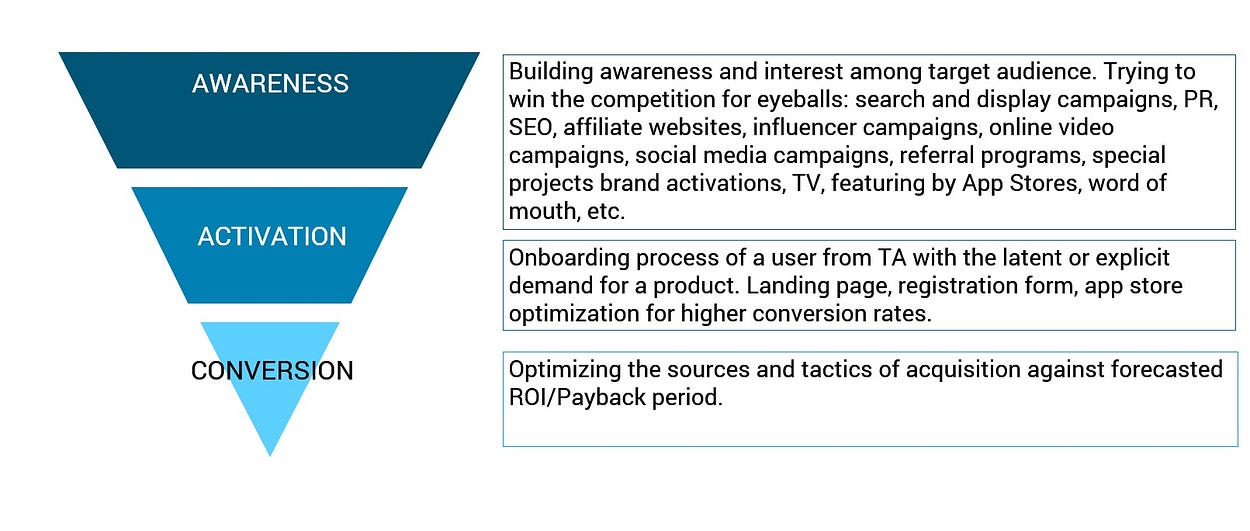
The adequate efforts allocation across the Acquisition funnel seems to me as the following:
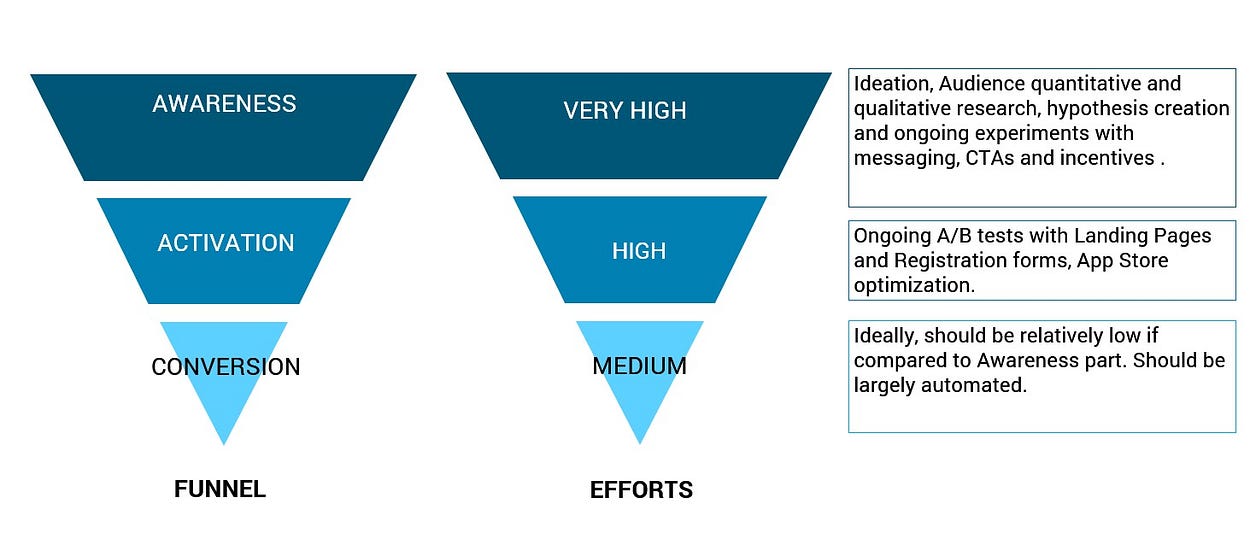
The so-called “Optimization Trap” is what might eventually become a real challenge for spenders on marketing. With the commonly used Last Click Attribution Model you can find yourself in the situation when traffic is optimized to death on the bottom layer of the funnel because that’s the one that you can track best. By doing so, in fact, you might take future profits today, by not replenishing the user-base and only skimming the best traffic you can find.
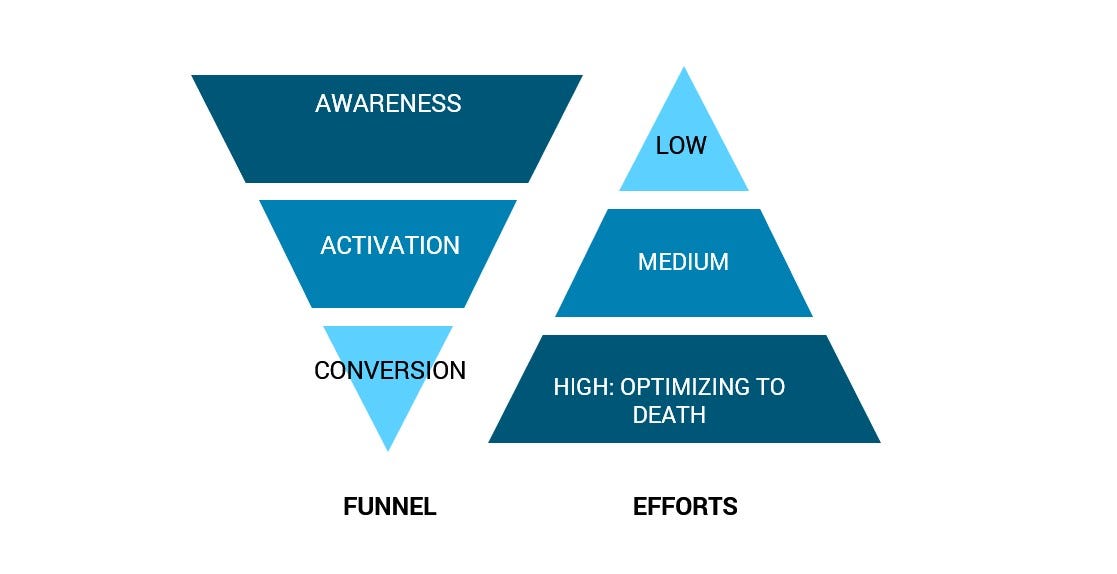
One of the purposes of the so-called performance advertising or direct-response advertising is converting existing awareness by providing timely the essential final touch point on the way to activation. Still, if there’s no awareness created, there’s respectively nothing to convert. That’s why it is important to come back to the top layers of the funnel to drive awareness.
Brand awareness campaigns are not easy to track. However, if something is difficult to measure it doesn’t mean it’s not there. Brand awareness campaigns can, for instance, be modelled as impact on Cost per Acquisition: the bigger the awareness is, the higher the performance of direct-response advertising assets. And acquisition costs are becoming respectivey lower. In the end, people click when they find something interesting and valuable to them.
The other approach, relevant to digital marketing campaigns, would be experimenting with multi-channel attribution which might seem as the Holy Grail knowledge in marketing of today. This will require lots of efforts like setting up your multi-channel conversion attribution in Google Analytics, analyzing the value of click and impression assisted conversions, testing different attribution models in AdWords like Data Driven attribution, etc. But by eventually finding ways to attribute your budgets across the funnel, you will become way more confident with efforts allocation as well as more strategic in making decisions about the marketing mix.
Processes in GaaS Marketing
Linear process is the heritage of the industrial era and the conveyer belt is its embodiment. As human beings we tend to follow the linear processes as they are very familiar and natural to us. In Marketing and not only, such a process is known as Waterfall . The traditional marketing Waterfall Process would look similar to this:
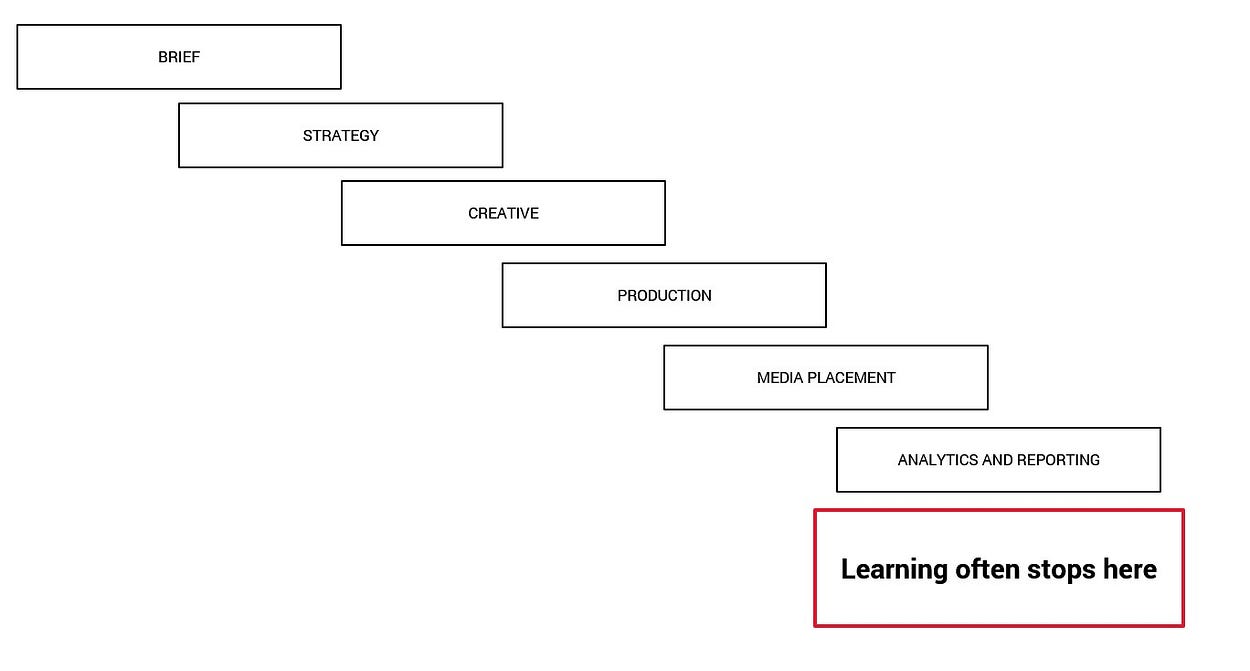
The Waterfall’s major flaw is that it lacks continuing learning. Sure, it is not possible not to use Waterfall when doing massive campaigns like commercial release of a game or promoting an update of a big scale. However, for the ongoing daily marketing campaigns, the Cycle agile process is a better solution as it enables every campaign to be nurtured with the insights from a previous one.
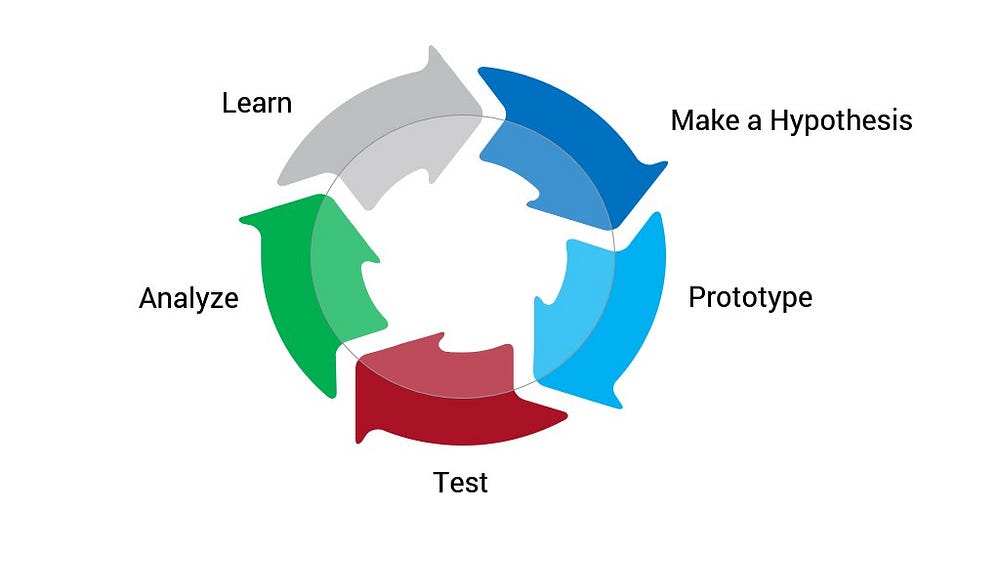
Two very important GaaS Marketing practices are based on the Cycle process:
a) A/B Tests and optimization in real time that allow securing higher conversion rates. Landing pages, registration forms, display banners, online videos, CTA buttons… Literally anything can be A/B tested in marketing.
b) Testing the hypothesis of the campaigns’ format and messaging. This knowledge might be pivotal before you invest significant sums of money and scale your test campaign.
Let’s not spend time here on a topic of ongoing A/B tests. This subject is profoundly elaborated and there are tons if information as well tools available for running efficient A/B tests. I prefer to pay some attention to creating Hypotheses and how you can take an advantage from it in GaaS Marketing.
Hypothesis
Let’s look at a hypothesis as at the simple formula that can be easily adopted by any team:
If [variable], then [result] because [rationale]
The variable is what you want to create or change.
The result is a predicted outcome, e.g. increase of click-trough rates or conversion rates.
The rationale is what has informed your choice. Is that your intuition? Or maybe there’s something you’ve observed via quantitative or qualitative research?
Some simple examples:
If we remove all dynamic content from the Landing Page [variable], we will increase its conversion rates [result] because we believe that nothing will distract a user from clicking the Call to Action button [rationale].
Or
If we show people’s hands holding and playing the smartphone or tablet [variable] in our mobile online video ad, we will increase the click-through rate [result] as research says that showing the practical usage of an app increases ad efficiency [rationale].

Or
If we replace the gameplay based online video ad with real footage online video ad featuring actors [variable], we will increase View Rate [result] as research says that audience show more empathy to real people in ads [rationale].
Example 1: Gameplay based Online Video Ad
Example 2: Real footage Online Video Ad featuring an actor
Results show that the gameplay based ad has been more efficient in terms of View Rate, CTR and Conversion Rate if compared to the creative featuring an actor.
Etc. The space for creating hypotheses is infinite. The Cycle Process enables making, testing and learning from hypotheses continuously. It also encourages bringing the insights to the next iterations and sparking new ideas.
Let’s look at how it might work through a case.
Let’s imagine, you want to test 3 different formats and messages for your youtube ad campaigns. There are 3 unique online video ads which formats are different: real footage video against gameplay video or against computer graphics video. Or they might be different in style and tone: humor against manly tone or against neutral tone. Or various combinations of the above.
The campaigns should be launched under the same conditions of targeting, density and timing.
Then you release all three pieces and start collecting data.
When the campaigns’ time is over, you look at the first results like CTR, view rates, conversion rate, view-through conversions.
When all the data is in place, the strategy might be as the following:
a) Define the Winner Creative and validate it through A/B test campaign when you compare the Winner’s stats with your vanilla (generic) video ad’s stats.
b) When the Winner is validated, its results become a benchmark that you need to beat with future ads. It can even become a KPI for your team.
c) Define the Runner-up Creative, optimize it and give it a second chance in further test campaigns or through A/B test against the vanilla creative.
d) Define the Loser Creative with lowest performing results. You have to learn from the Loser’s stats and kill it mercilessly.
Testing the automated solutions like Youtube Director Mix is also recommended if online videos are a big part of your marketing operations.
The trickiest element to manage in this process will be yourself. We are prone to all kinds of cognitive bias and often chooseby gut feelings and we are not programmed to “kill our darlings”. Hypothesis validation is needed to prove ourselves wrong. More to it, campaigns’ results based on Cycle Process can also enrich Waterfall campaigns’ briefs by valuable insights.
Some other simple tips
Make Hypotheses creation a regular routine
Run constant A/B tests
Involve teams in Hypotheses Creation
Spend about 10–20% of your marketing budget on experiments and be ready to fail
That’s it for now. We’ve covered the fundamentals by walking through what GaaS and GaaS Marketing are, how to better structure the GaaS Marketing Strategy, the importance of North Star Metric and Funnel, what optimization trap is and how to avoid it, and what process fits GaaS Marketing best.
Please let me know if this topic resonates with you and your comments are highly welcomed. I will gladly continue writing on the Game-as-a-Service Marketing and the next topic to explore will be Awareness, Activation and Conversion, the cornerstones of Acquisition.
Read more about:
BlogsAbout the Author(s)
You May Also Like







.jpeg?width=700&auto=webp&quality=80&disable=upscale)








